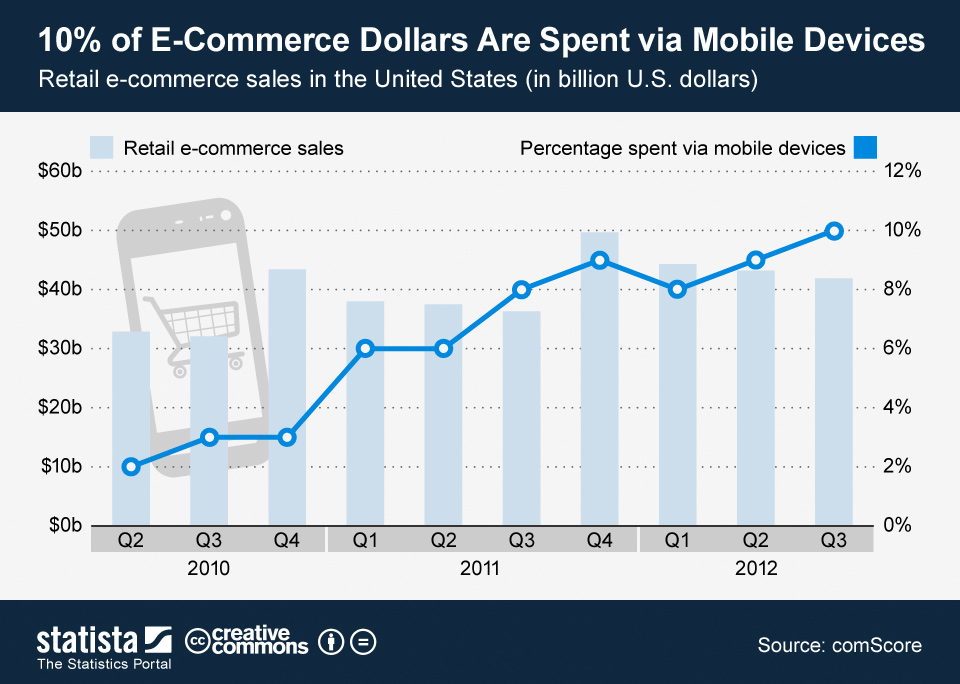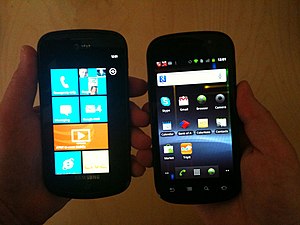When
CMOs and
CIOs collaborate, the relationship puts the business at a competitive advantage. Technology provides the muscle to make sense of the explosion of data now at our fingertips, as well as the tools that can interpret those results to better discover what customers want. When the CMO and CIO share a focus on the customer, the power to drive business growth is potent.

Better insight from customers can drive serious growth in our companies, at least according to a recent study by
IBM of over 1700
CEOs. But today, acquiring and interpreting customer data inherently must involve both the marketing and IT departments. In fact, recent research conducted by the
CMO Council, suggests that this process should start with the
Chief Marketing Officer (CMO) and the Chief Information Officer (CIO).
One of the key challenges CMOs face is figuring out how to partner with other internal functions. But given that today's CMO is often the main connection between the consumer and the company, a strong relationship with the CIO can allow them to leverage technology to better understand those customers.
And although there are a myriad of analytical tools for generating this kind of information, CMOs are struggling to convert data into consumer insight they can use. A recent study (also from IBM) indicates that more than 70% of CMOs feel they are underprepared to manage the explosion of data and "lack true insight."
With this in mind, there is a growing need to identify how CMOs and CIOs can use the technology that's on-hand to ease this process — which will ultimately drive growth for the entire business. Below are four suggestions for building this power partnership in your company.
Find Common Ground - Differing incentives is one of the biggest barriers to an effective relationship between marketing and IT.
"There is an interesting intersection between risk management and innovation that emerges in the CMO-CIO interface." ~~Gene Morphis, former CFO of CVS and David's Bridal
It's the ultimate intersection between those who are often tasked with driving change, innovation, and revenue growth (marketing) and those who need to ensure that there aren't any issues or risk with technology, information, and systems (information technology). It's up to the CEO to ensure that marketing and IT are on the same page in terms of both innovation goals and risk management.
The best way to overcome this kind of incongruence is to start by understanding — and respecting — the conflicting incentive structures of each department and working collaboratively to find common ground. In some instances, it may be necessary to align the CEO on a plan, but a united recommendation between the CMO and CIO has a better of chance of success.
Put Business Needs First, Infrastructure Second - While it seems intuitive, companies often mistakenly focus first on creating the infrastructure, and then focus on figuring out what to do with the data afterwards. David Norton, the prior CMO of Caesars Entertainment, suggests that "data infrastructure should follow an understanding of the business questions. For example, something as simple as deciding how to look at the data — hourly, daily, weekly — can influence how you organize the data." If the CMO works with the CIO to outline the data that they need to understand customers, the CIO can better ensure that the data infrastructure will be aligned with ultimate business needs.
Understand the Customer Holistically - Data can spring from a number of places: loyalty cards, purchases, social media behavior, website analytics, surveys, etc. And new technology can integrate these disparate sources of customer-related information. But this is a barrier for most companies.
"The challenge that we find with most of our clients is that they do not have the internal capability or bandwidth to focus on integrating customer data to generate superior insight. Yet, this assimilated perspective is precisely what is necessary to move ahead of the competitor's level of customer understanding." ~~Dr. R. Sukumar, CEO of a fact-based research and consulting firm
Even when firms effectively get a holistic customer view, they often lack the staff or bandwidth to act on it quickly. This is why they frequently turn to external partners to help fill the skill gaps needed to integrate, analyze, and use insight to drive business results. These external partners typically have the technology and expertise needed to successfully generate and leverage in-depth customer data.
Apply Tools that Everyone Can Use - Historically, data analysis and customer research has been reserved for only a few skilled employees (typically in marketing research) who can navigate technically sophisticated systems. But now emerging are technology-enabled reporting portals that enable multiple users in marketing — even the tech novices — to analyze customer research themselves. For example Dr. Sukumar's company, Optimal Strategix, is one of many that has developed such a universal tool, and he agrees, "Gone are the days when marketers had to get their information from a
PowerPoint presentation that marketing researchers or consultants provided." The CMO now has the ability to be more hands-on with the customer information that is typically reserved for the CIO's team.






















